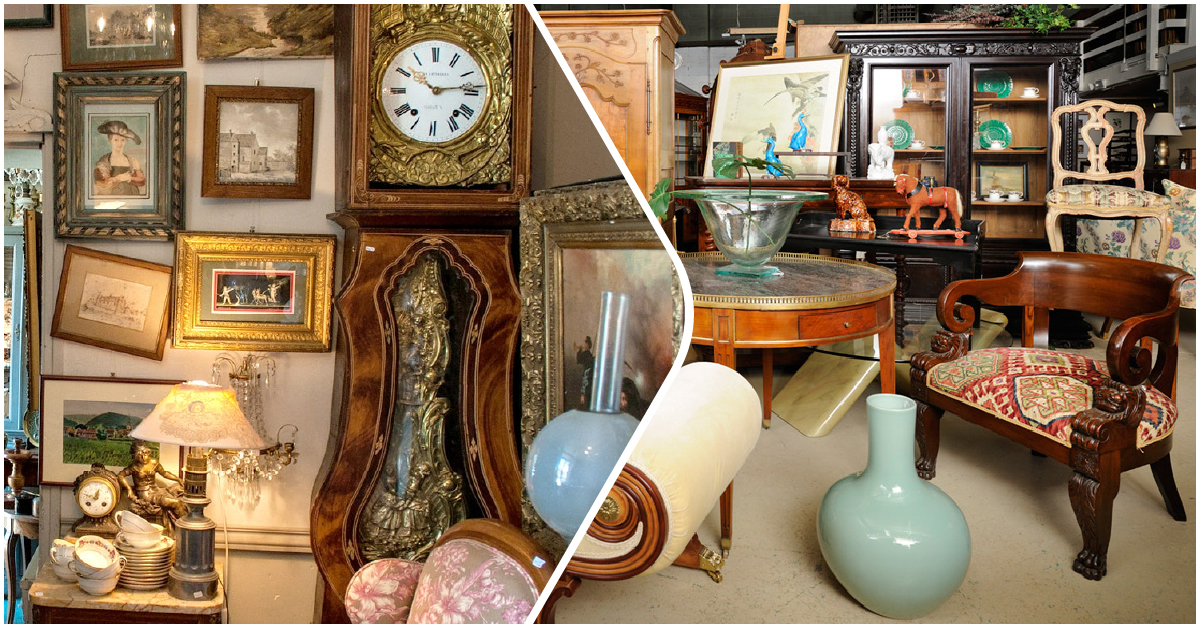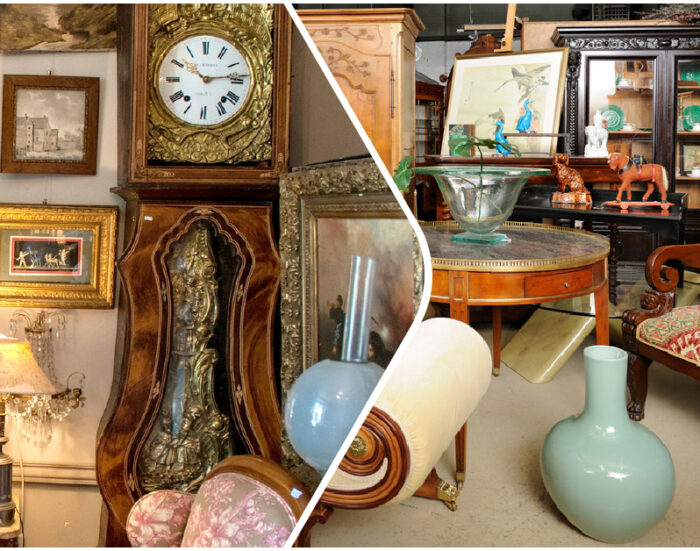Caring for Your Antiques: Expert Advice
Antique items have a timeless charm that attracts people from all walks of life. These pieces not only serve as a connection to our past but also provide us with a glimpse into the world of craftsmanship and artistry that existed centuries ago. As the antique market continues to grow, an increasing number of individuals are becoming interested in purchasing antique items. This trend is likely due to the timeless charm and historical significance that antique items offer. Many people are drawn to the unique craftsmanship and artistry that is evident in these items, which provide a glimpse into the past. But before you make a purchase, it’s important to understand the importance of finding a trustworthy and experienced antique buyer.
Experience: The Key to Successful Antique Buying

Experienced antique buyers are crucial when buying antiques. Such buyers have acquired knowledge over years of studying the details of antique items, including their history, craftsmanship, and value. With their sharp attention to detail, they can identify subtle differences that others might miss. Thanks to their experience, these buyers can accurately evaluate and price antique items, ensuring that buyers get a fair deal.
Expertise: A Deep Understanding of Antique Items
When searching for an antique buyer, it’s essential to consider their level of expertise. An antique expert possesses a comprehensive understanding of different antique categories, such as art, jewelry, furniture, and collectibles. They can provide you with valuable information on the origin and history of these items, enabling you to make an educated buying decision. Moreover, they can also advise you on how to take care of your antique purchases to ensure they remain in top-notch condition for an extended period.
Authoritativeness: Respected in the Antique Market
Experienced and knowledgeable antique buyers often earn authority in the market. They are respected for their fair and honest assessments of antique items and competitive pricing. This reputation gives buyers confidence in their purchase, as they know they are dealing with a trustworthy dealer who is recognized as an authority in the field.
Trustworthiness: Honesty and Transparency in Dealings
In order to feel confident in your antique purchase, it’s important to find a trustworthy antique buyer. A buyer who values honesty and transparency in their business dealings and takes the time to provide personalized service is someone you can rely on. With their help, you can make informed decisions and receive the assistance you need, whether it’s appraising your current collection or finding the perfect antique piece to add to it. You can trust that they will stand behind their products and prioritize your satisfaction.
Tips for Finding the Right Antique Buyer
To find a reliable antique buyer, you should conduct research to identify potential buyers in your locality and read feedback from previous clients. Seek out dealers who have a successful history of dealing with your type of antique items. It’s also crucial to select a buyer who is willing to collaborate with you and who invests the effort to comprehend your demands and inclinations.
Investing in Antiques: Maximizing Your Returns
To make a smart investment in antique items, conduct thorough market research to identify in-demand items with a history of appreciating in value. Working with an experienced antique buyer can provide valuable guidance and insights to help you make informed investment decisions. They can also help you understand the intricacies of the antique market and provide tips on how to care for and maintain your collection.
Caring for Your Antique Items: Advice from Experts
To keep your antique items in excellent condition, it’s essential to take proper care and maintenance. Collaborate with your antique buyer to develop a plan for storing, cleaning, and protecting your items. They can provide you with professional guidance on how to prevent common mistakes that may harm your items and assist you in creating a personalized plan that suits your specific requirements.
How to Sell Antiques Online: 5 Pro Tips for Making Money from Antiques
Dealing with antiques comes from the previous era, i.e., it was first started in the Renaissance period. But since there were no shops or other options to sell or buy antiques, people used to trade them independently. Previously, these antiques came mainly from Greece and Rome.
Now, it has been spread all over the world, especially in Florida, which has become the largest antique dealer in the industry of trading ancient pieces. Selling antiques has become an easy way for people to make money. People are also opting to sell their pieces through online sources too. The best thing is that these pieces are being sold at the highest price.
The main question that arises here is where to sell antiques near me or online. Who buys antiques near me or online? Should I sell my antiques on the internet or at a local antique shop? If you’ve recently discovered something important in the attic and want to sell it, these are the first few questions that come to mind. Here, we will discuss five useful tips regarding how to sell antiques online:
#1 Website for Selling Antique Collections Online
- Flea markets: Flea markets are also an excellent location to sell your antiquities. Because these markets often only deal with older items like antiques, they might be less time-consuming than charity shops and estate sales.
- Auctioneers: Auction houses are the ones in which dealers and collectors deal by auctioning for the highest price for old items. Selling to the auctioneer online can be a good option. But, also keep in mind that you should have that old piece that holds actual ancient history, plus you should have great information about its condition too. So, that the result will be in your favor, i.e., a win-win outcome.
- Ebay & Etsy Online Store: These platforms spend a lot of money to attract ready-to-buy clients to their sites, which you can then use to generate sales. Online marketplaces often offer higher transaction fees on every sale you make in return for the value. Online market stores may be the best option for selling your belongings to a large number of authorized dealers.
- Digital Stores of Antique Dealers: Where can i sell vintage items near me or online? There are a few trusted antique dealers and traders of antiquities who are willing to buy your pieces by offering expected returns and also offering free appraisals through which you can easily learn about your antique history and its worth.
#2 Who are the dependable buyers, and what credentials should they possess?
- A dealer should have perfect knowledge of ancient pieces and their history.
- They should be good and experienced appraisers too.
- Every antique dealer should have a license and be certified by the Gemological Institute of America and have authorized dealer certificates too.
- Their reputation should be very good, i.e., their business should be honest and trustful in the market.
#3 Maintain a clear and descriptive image and information about antiquity.
Before selling your pieces, try to get an HD photo and also add the proper information. so that it will be easy for the buyer to know its real worth, style, and history.
Tips for Taking Photos and Including Descriptions
The best way to take a picture is to click on a white background and flash a light on the piece, which will make it perfectly clear for the buyer to understand all about the old piece. And, the description should include history, dimension, age, usefulness, and condition.
#4 Obtain Information Through Appraisal (Very Important)
It is really very crucial to know about each and every detail of your antiques, so that it will be easy for you to know about their real worth and condition. There should be a proper appraisal of your heirlooms by an experienced appraiser. This will help you to collect proper knowledge. The real question is, where to search for an appraiser? There are too many reputed appraisers in the online world too, who offer free and hassle-free evaluation services. It would be best for you to be updated about your valuables before selling them.
# 5 Participate in Social Media
Being active on social media like Facebook, Instagram, etc. has also become a main source of business. Many dealers are present socially and are looking for sellers to sell their collections. But before trusting them, do deep research about them and learn about their authorization and honest sales. Thoroughly, look after every credential a dealer should have to deal with antiquities.
Enjoy the Benefits of Honest Heirloom Sales in the Online World!
Simply follow these best ways to sell antiques and you’ll be a part of an easy sale as well as the online world. Get the money you deserve from your possessions without putting in any extra work. Plan the most effective marketing approach and learn everything which is to be known about your antique collection.


